
Gigi Dall’Igna | Photo credits: Otocredits
Being the top class in motorcycle racing, MotoGP has always pushed each manufacturer or team to innovate with new technical solutions, many of which end up being used in production motorcycles. This season, at the Ducati garage, there’s one secret that has left everyone guessing what it’s for.
As we mentioned before, Ducati and Ducati Corse manager Gigi Dall’Igna, worked hard during Winter break to create a brand-new Desmosedici GP19, and as usual, Dall’Igna came up with something new: A small piece that is fixed to the top yoke on the factory Ducati bikes.
This small piece, or accessory, was seen for the first time during the Sepang test a few weeks ago, and many have tried to understand what it does. Ducati Corse, of course, hasn’t made any comment on this subject, and instead left the specialized press guessing what’s this all about.
Well, two weeks after the Sepang test, and thanks to TheSighBored Youtube channel, we might have discovered what this small part actually does on the Desmosedici GP19.
On the video below, recorded from the sidewalls in Sepang, at the 8m40s mark, we can see Andrea Dovizioso practicing a stand still start on the pit lane exit. At first, there’s nothing unusual with that, but if we look closely, there’s something strange with the bike’s rear stance. It’s lower than usual, and the rear end doesn’t seem to squash under hard acceleration, with the rear shock undisturbed by the strong forces that it usually has to deal with in these situations.
As soon as Andrea Dovizioso starts to brake for the corner, the rear suspension returns to its usual behavior.
How is this possible?
Well, it just happens that Gigi Dall’Igna went to the world of motocross racing to get the inspiration to innovate. What we might be seeing on the video, is the use of what’s called as the “holeshot” in motocross. This system, widely used in motocross, keeps the suspension travel without changes during acceleration. This feature allows the bike to get more traction in acceleration, with the engine’s power not being wasted by suspension movements, especially significant when the rear shock is in compression. The holeshot system deactivates automatically as soon as the rider touches the brakes.
This holeshot system allows better traction, and in turn, this means that the rider using a bike fitted with holeshot can get a better start from the line, gaining precious tenths of a second, and reaching the first corner sooner than his rivals.
Of course, MotoGP technical regulations don’t allow the use of electronic systems to control suspensions, but this is a mechanical system, and for that reason, Ducati should, in theory, be allowed to fit the holeshot on their Desmosecidi GP19.

Back in 2004, Showa had already something like this in British Superbike, but at the time their solution also worked on the front fork, something that on the video from Sepang we can’t see on the Ducati. Showa, even though riders enjoyed the benefits of the holeshot system, decided to abandon this idea, saying that it was too difficult to implement this system on a superbike machine.
15 years later, Ducati and Gigi Dall’Igna might have worked out a better way to use the holeshot on a MotoGP bike, and we are sure to get more details on this secret as soon as the MotoGP season starts in March.




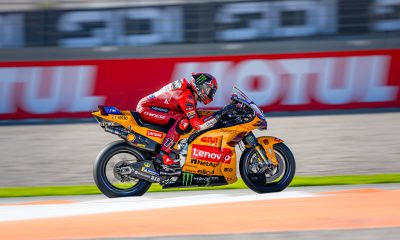


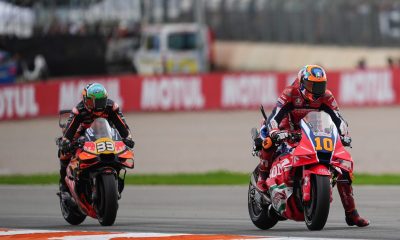
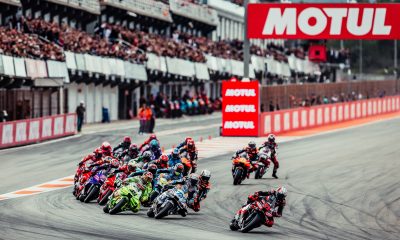
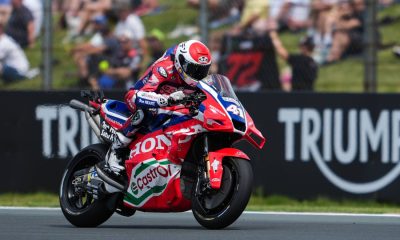
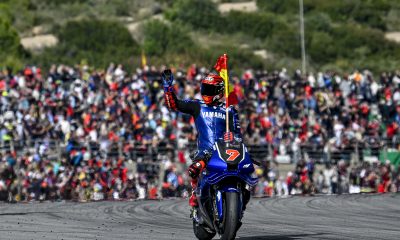
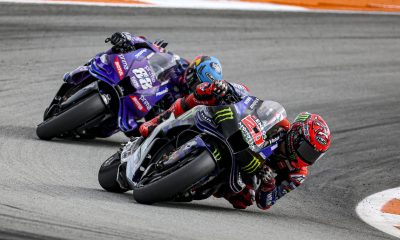
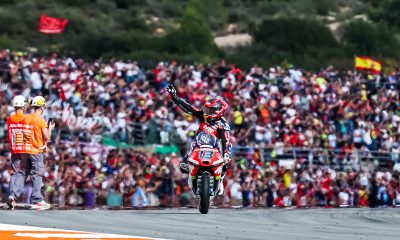
















Facebook
Instagram
X (Twitter)
YouTube
LinkedIn
RSS